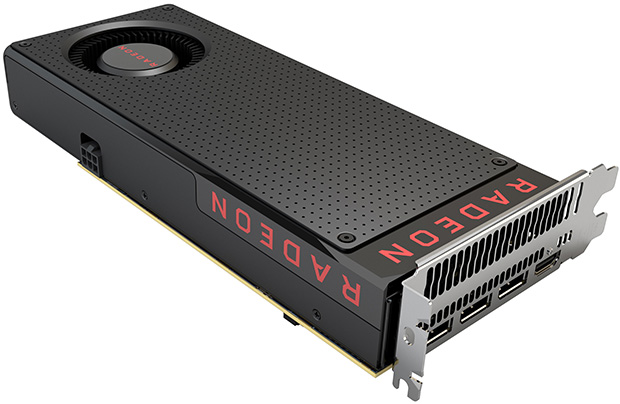AMD’s Radeon Technologies Group Marks Its First Birthday As Polaris Shines Bright
Just over a year ago, AMD doubled down on its fight against a dominant NVIDIA in the graphics card market. AMD has always been a formidable competitor in desktop and mobile graphics, but more often than not, NVIDIA has come out with the upper hand (especially with respect to discrete graphics market share).
In order to refocus its energies, AMD created the Radeon Technologies Group to push an “immersive computing” agenda across its vast portfolio of graphic products including APUs, discrete GPUs and custom GPUs. Leading the charge at the Radeon Technologies Group is Raja Koduri, who serves as both senior vice president and chief architect.

“With the creation of the Radeon Technologies Group we are putting in place a more agile, vertically-integrated graphics organization focused on solidifying our position as the graphics industry leader, recapturing profitable share across traditional graphics markets, and staking leadership positions in new markets such as virtual and augmented reality,” said AMD CEO Lisa Su in September 2015.
So has AMD’s mission to reinvent itself with respect to graphics paid off? According to the company, the answer is most definitely “yes”. Citing data from Mercury Research, AMD’s share of total discrete graphics sales increased by 4.8 percent during Q2 2016 for a final tally of 34.2 percent. More importantly, AMD’s average total share of the graphics market increased for the first time in four years as both its mobile and desktop shares went up.
“The Radeon Technologies Group umbrella granted AMD a dedicated division focused on growing our business and creating a thriving environment for the best and brightest minds in graphics to be part of the team re-defining the industry,” said Koduri on the Radeon Technology Group’s first birthday. “We’re making great progress toward our goal of impacting 90%+ of immersive pixels in the world by 2020 with AMD Radeon IP.”
The past year has seen plenty of big releases from AMD including the Radeon Software Crimson Driver suite, Radeon Pro Duo, the release of the Vulkan graphics API, and the arrival of Polaris-based GPUs. But what about the year ahead for the Radeon Technologies Group? We have Vega to look forward to, which will combine the performance and efficiency of Polaris with High Bandwidth 2 (HBM2) memory for enthusiast-class graphics cards.


